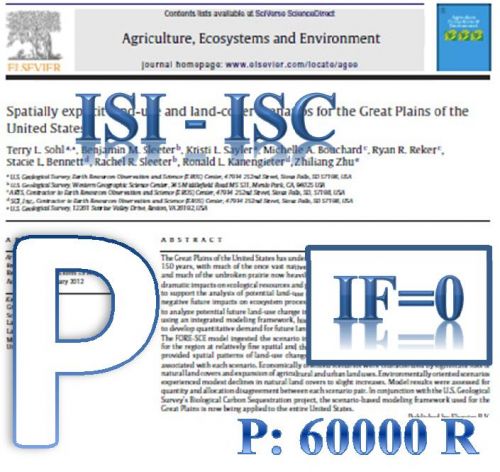One of the critical stages of plant growth cycle, stages of germination and seedling establishment because it plays a major role in determining the final density of plants. Low seed germination and seedling emergence is one of the main problems in saline areas. Seed priming technique has been known as a cause to improve germination and seedling emergence under different environment stresses. The other side, Salicylic acid or orthohydroxybenzoic acid play a major role in regulation of many physiological processes e.g. growth, development, ion absorption and germination of plants. The objective of this study was to evaluate the effectiveness of seed priming in improving seed germination, seedling vigor index and growth characteristics of Garden cress (Lepidium sativum), in response to 4 levels of NaCl (0, 50, 100 and 150 mM) and to 4 levels of priming by Salicylic acid (0, 500, 1000 and 1500 μM). An experiment was conducted as factorial based on CRD with three replications in research laboratory of agriculture faculty of Maragheh University. The results showed that plumule length and radicle length were significantly (P<0.01) decreased by increasing salinity for unprimed seed (control) compared with primed seeds but plumule weight and radicle weight were non-significantly. Increased salinity significantly increased plumule to radicle ratio of seedlings. Also, Salinity conditions reduced seed viability and seed germination percent. Non-stress and 150 mM NaCl Treatment had the maximum (95.3%) and had the minimum (89.7%) seed germination percent, respectively. Also in priming by salicylic acid control treatment and 500 μM had the maximum and the treatment 1000 and 1500 μM had the minimum seed germination percent. In conclusion seed priming by salicylic acid improved the germination, but this increase was not significant compared to control treatment.
کلید واژگان :Seed priming; Germination; Salinity; Salicylic acid; Lepidium sativum
ارزش ریالی : 600000 ریال
با پرداخت الکترونیک
جزئیات مقاله
- کد شناسه : 2151221096441422
- سال انتشار : 2013
- نوع مقاله : پذیرفته شده در مجلات Scopus ,ISI, با IF=0
- زبان : انگلیسی
- محل پذیرش : International Research Journal of Applied and Basic Sciences
- برگزار کنندگان :
- ISSN : 2251-838X
- تاریخ ثبت : 1396/09/11 14:06:04
- ثبت کننده : مجید عبدلی
- تعداد بازدید : 191
- تعداد فروش : 0
